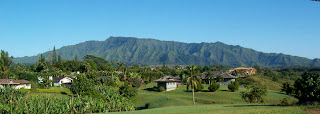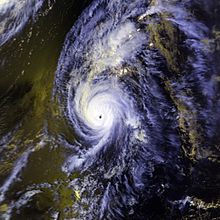The tropical paradise of Kauai basks amidst the sparkling blue waters of the Pacific Ocean, about 20 minutes by air from Honolulu. Formed some six million years ago, the island encompasses roughly 550 square miles and is the oldest and northern-most of the main Hawaiian Islands.
Below are some of my personal photos from trips to my hometown:
 |
| Spouting Horn, Poipu |
 |
| Dry Cave, Hanalei |
 |
| Wet Cave, Hanalei |
 |
| Poipu Beach |
The most popular beach on the South Shore isPoipu Beach, which is fronted by Poipu Beach Park, and a few resorts. Poipu Beach was named America's Best Beach by The Travel Channel, ranking top among the 10 "best" beaches selected nationwide. This beach is a series of golden sand crescents, strung together where beach-goers will find snorkeling, swimming, a natural ocean wading pool, boogie-boarding and surfing.
 |
| Polihale |
The last beach on the road, this is Kauai's westernmost point. It is an extension of Barking Sands Beach making it Hawaii's longest beach with 17 miles of sparking white sand! From the northern end of the beach, the beginning cliffs of the Na Pali can be seen.
 |
| Waimea Canyon |
Waimea Canyon, on Kauai's West Side, is described as "The Grand Canyon of the Pacific." Although not as big or as old as its Arizona cousin, you won’t encounter anything like this geological wonder in Hawaii. Stretching 14 miles long, one mile wide and more than 3,600 feet deep, the Waimea Canyon Lookout provides panoramic views of crested buttes, rugged crags and deep valley gorges. The grand inland vistas go on for miles.
SOURCES:
http://www.gohawaii.com/statewide/travel-tips/history
http://www.hawaiiweb.com/kauai/html/sites/spouting_horn.html
http://www.kauai-vacations-ahh.com/articles/kauai-north-shore-adventures.htm
http://www.poipubeach.org/beaches.html
http://www.hawaiiweb.com/kauai/html/beaches/polihale_beach.html






















